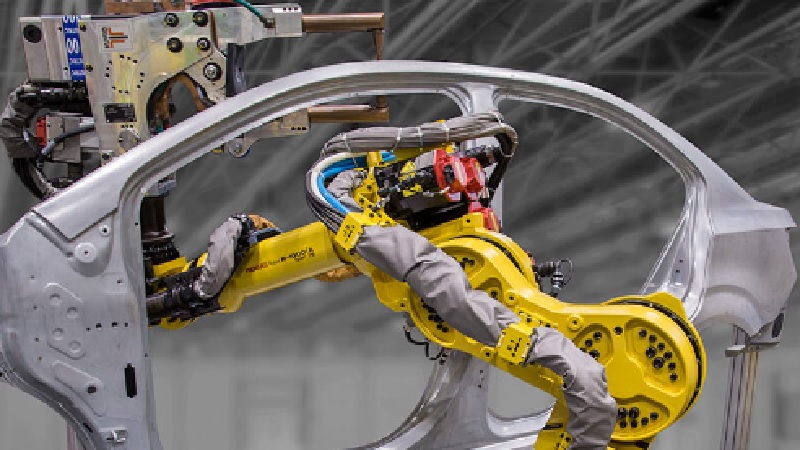
The global market for rheumatoid arthritis treatments is expected to grow at a CAGR of...
Learn More
Our consulting solutions address company specific challenges with respect to micro environment...
Learn More
Organizations frequently need day-today research guidancein order to gain strategic...
Learn More
Exploring different areas of market research and market analysis is a key factor...
Learn MoreAcute Market Reports presents the most extensive global business research services across industries. Our research studies focus on potential outcomes, benefits, and risks associated with each market segment across geographies. Having served our global clients for more than 10 years, our prime priority is to enable our clients in making well-informed business decisions through a data-driven, analytical, and uncomplicated research approach.
We provide access to the world's most comprehensive, analytical, and updated business intelligence services and solutions.




The inorganic pigments market is a vital segment of the chemicals and materials industry. The inorganic pigments market is expected to grow at a CAGR of 5% during the forecast period of 2025 to 2033, due to the increasing demand for paints and coatin...
Read More
The lignin market is experiencing steady growth with increasing market revenue and a positive CAGR of 5% during the forecast period of 2025 to 2033. Lignin is a complex organic polymer found in plant cell walls, primarily in wood and other biomass ma...
Read More
The 7-axis industrial robot market refers to the market for industrial robots that have seven axes of motion. These robots are capable of more complex movements and are often used in applications that require a high degree of precision and flexibility. The market for ...
Read More




